As distinctive ancient civilizations of the East and the West, China and Italy have enjoyed diverse cultural exchange for a long time. In recent years, close cooperation between museums has enabled Chinese and Italian people to learn more about each other's history and art.
05:17
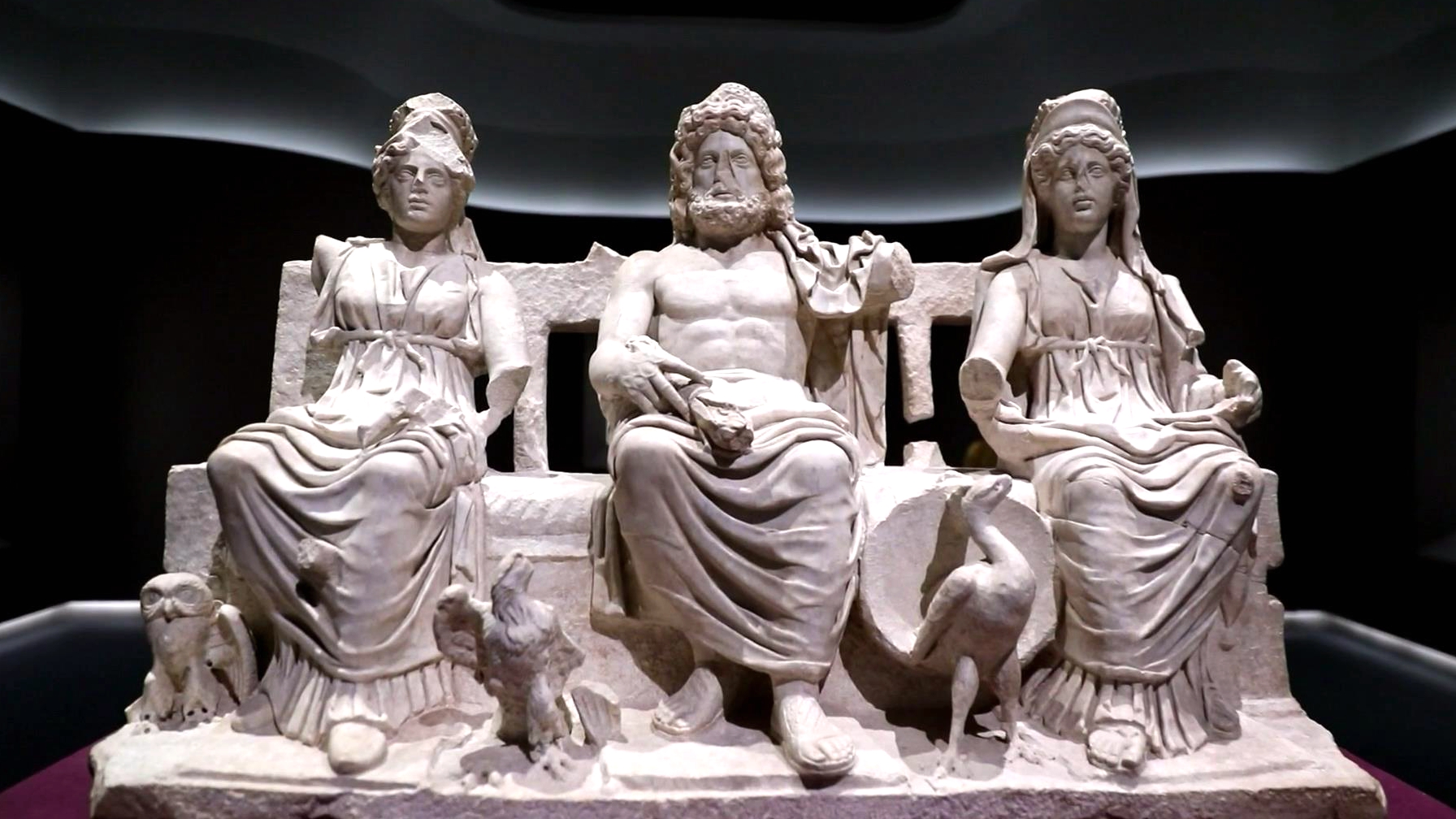
Fifty pieces from the Uffizi Galleries' collections – spanning from the Renaissance to contemporary times – are on display at the National Museum of China. Through these self-portraits, Chinese visitors can have a deeper look into the glory of prominent works in the art history of the West.
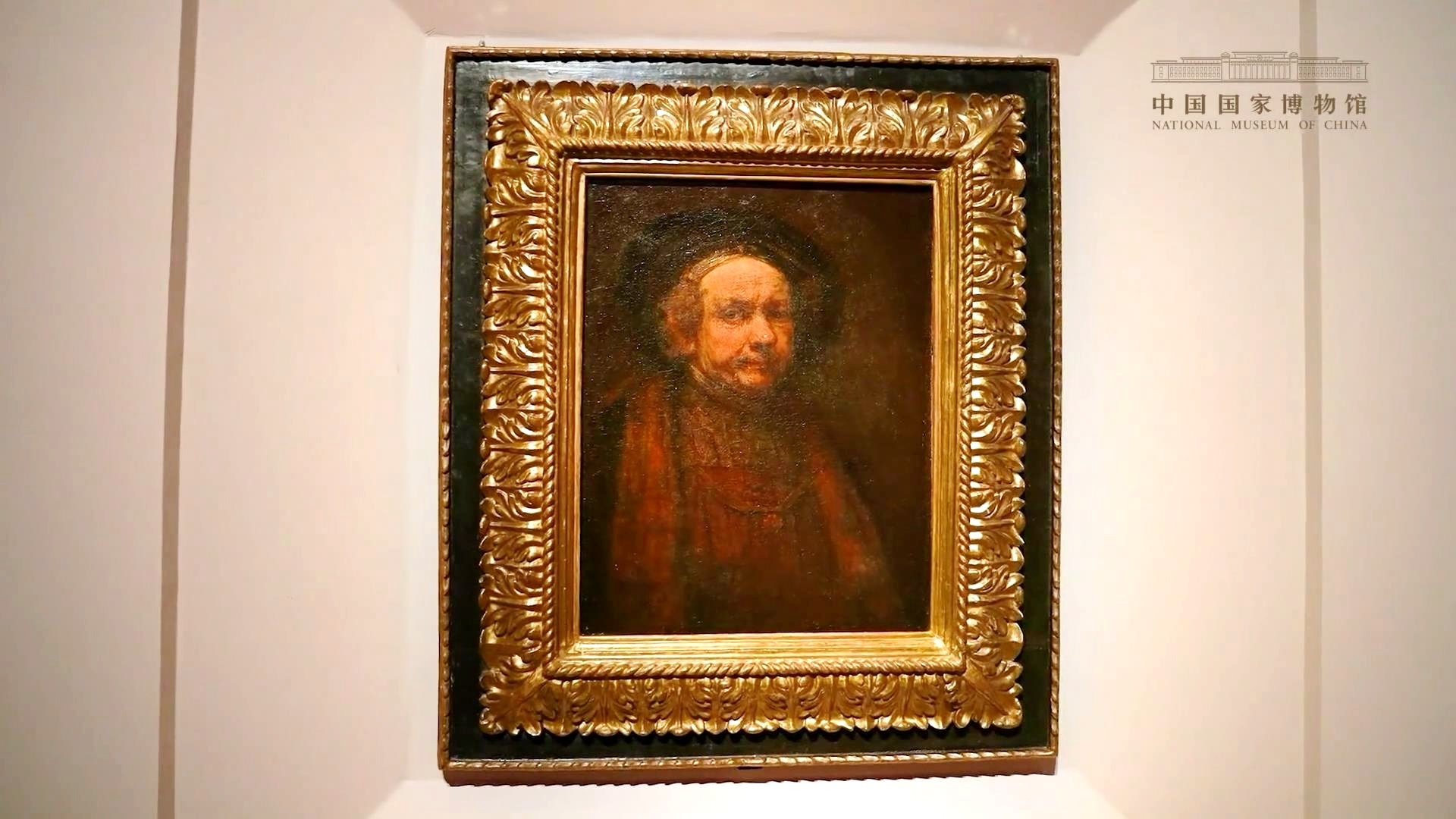
A self-portrait masterpiece from Uffizi Galleries is on display at National Museum of China in Beijing. /National Museum of China
A self-portrait masterpiece from Uffizi Galleries is on display at National Museum of China in Beijing. /National Museum of China
The Uffizi Gallery in Florence was a "cradle of the Renaissance," dating back to the 16th century. It is a renowned center of European art. Self-portraits mark one of its core collections, with over 1,800 paintings housed in the gallery.
Meanwhile, an exhibition on the history of Italy was also held last year at the National Museum of China. Titled "Tota Italia – Origins of a Nation," the exhibition presents 503 pieces of precious cultural relics from museums across Italy. By presenting the important heritage of the Italian state collections, "Tota Italia" aims to showcase the rich and varied origins of civilization in Italy. Visitors can get a glimpse of a variety of aspects of ancient Rome.
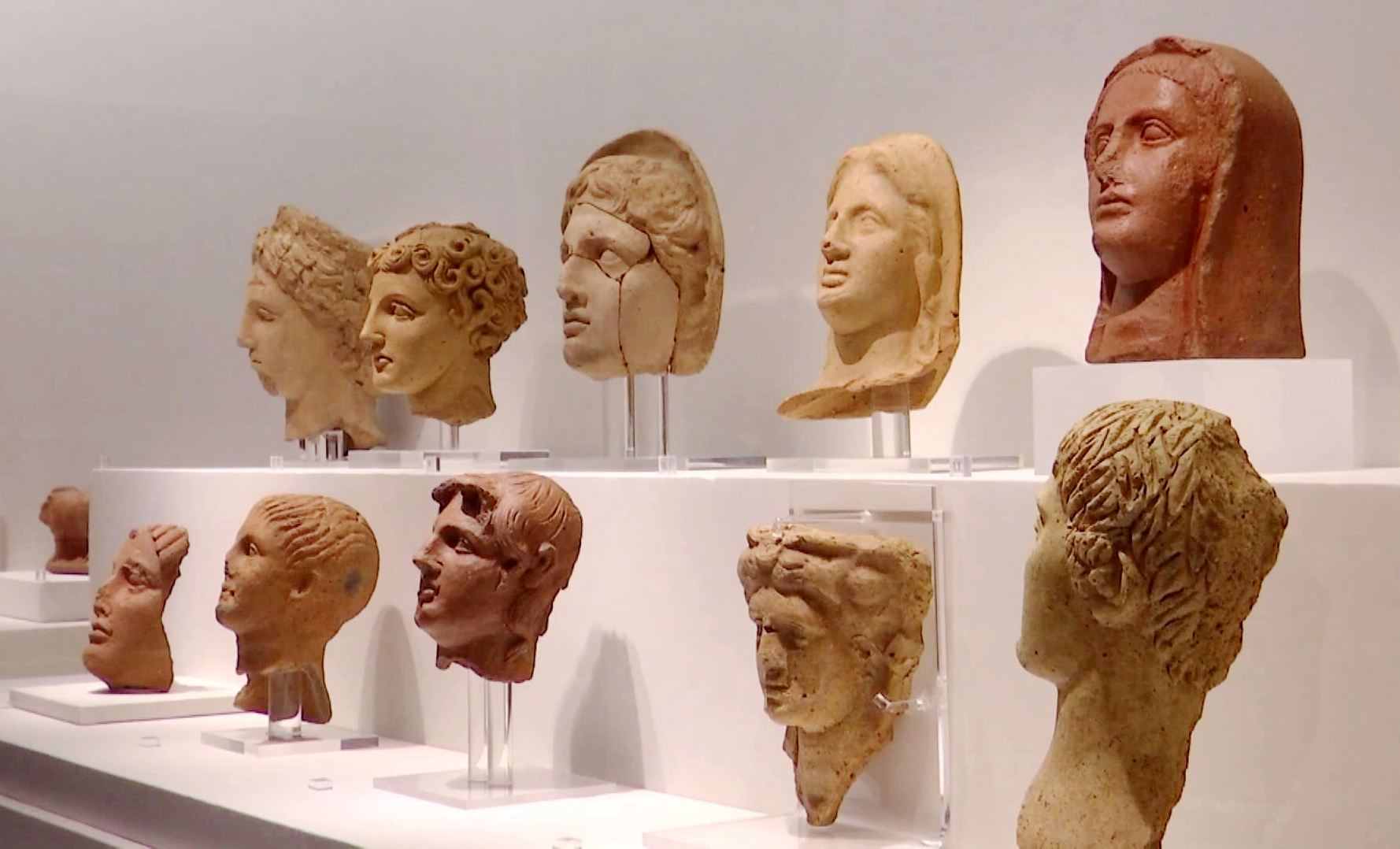
Precious cultural relics from Italian museums are on display at the National Museum of China during the exhibition titled "Tota Italia – Origins of a Nation." /CGTN
Precious cultural relics from Italian museums are on display at the National Museum of China during the exhibition titled "Tota Italia – Origins of a Nation." /CGTN
As the most important repatriation in the recent two decades, "The Journey Back Home: An Exhibition of Chinese Artifacts Repatriated from Italy" featured 796 Chinese relics spanning five thousand years, which took 12 years to return to China from Italy. It demonstrated the determination of the Chinese and Italian governments to jointly protect cultural relics through judicial and diplomatic channels.
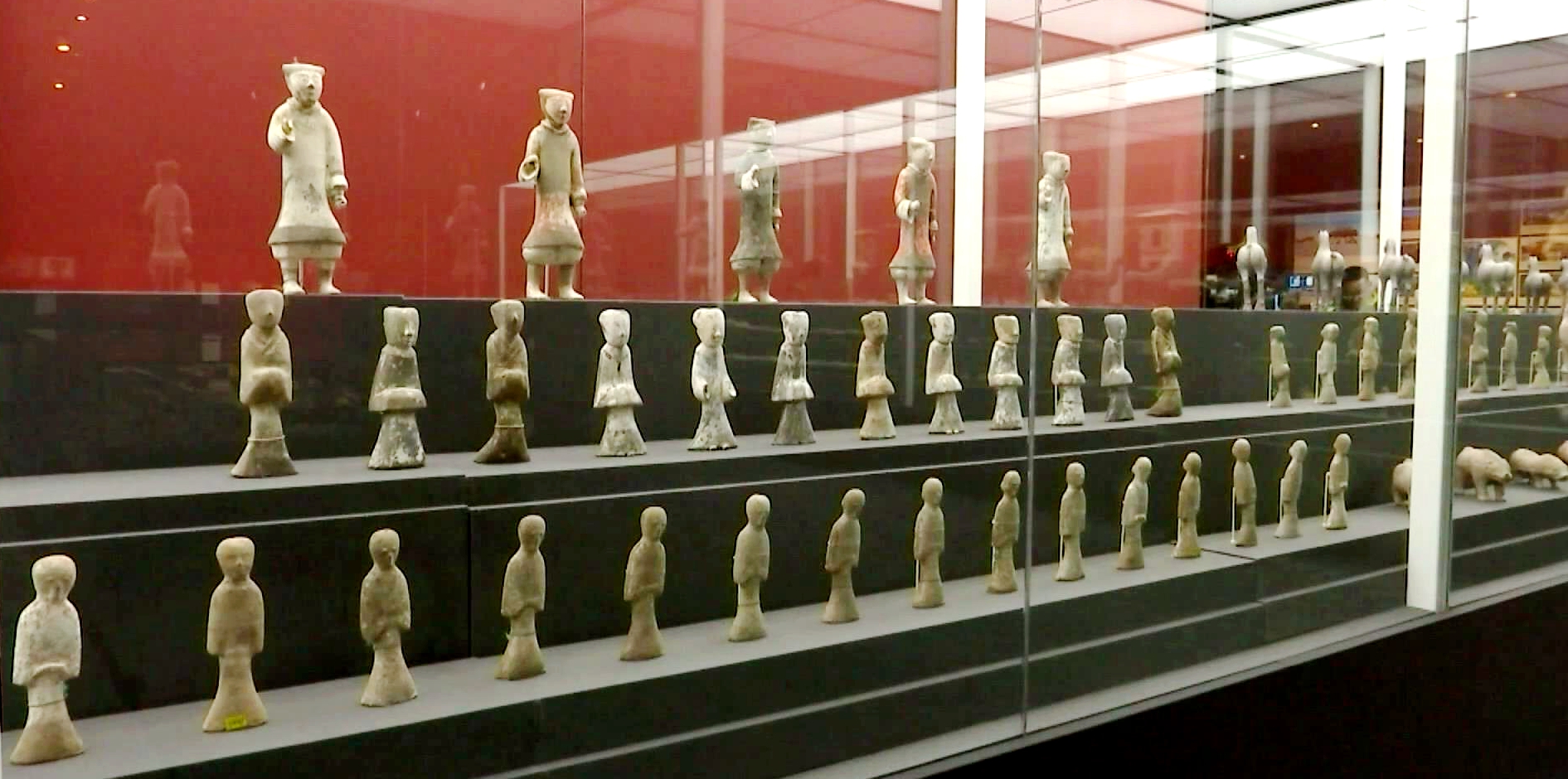
Chinese relics spanning 5,000 years are shown at an exhibition titled "The Journey Back Home: An Exhibition of Chinese Artifacts Repatriated from Italy." /CGTN
Chinese relics spanning 5,000 years are shown at an exhibition titled "The Journey Back Home: An Exhibition of Chinese Artifacts Repatriated from Italy." /CGTN
From Beijing to Rome, one of the permanent exhibitions at Italy's national museum at Palazzo Venezia is a sculpture by Wu Weishan, director of the National Art Museum of China.
In 2012, the International Touring Exhibition of the Art of Wu Weishan opened at the Palazzo Venezia in Rome.This was the first time that the Renaissance-style mansion has exhibited the sculptural works of a Chinese artist.
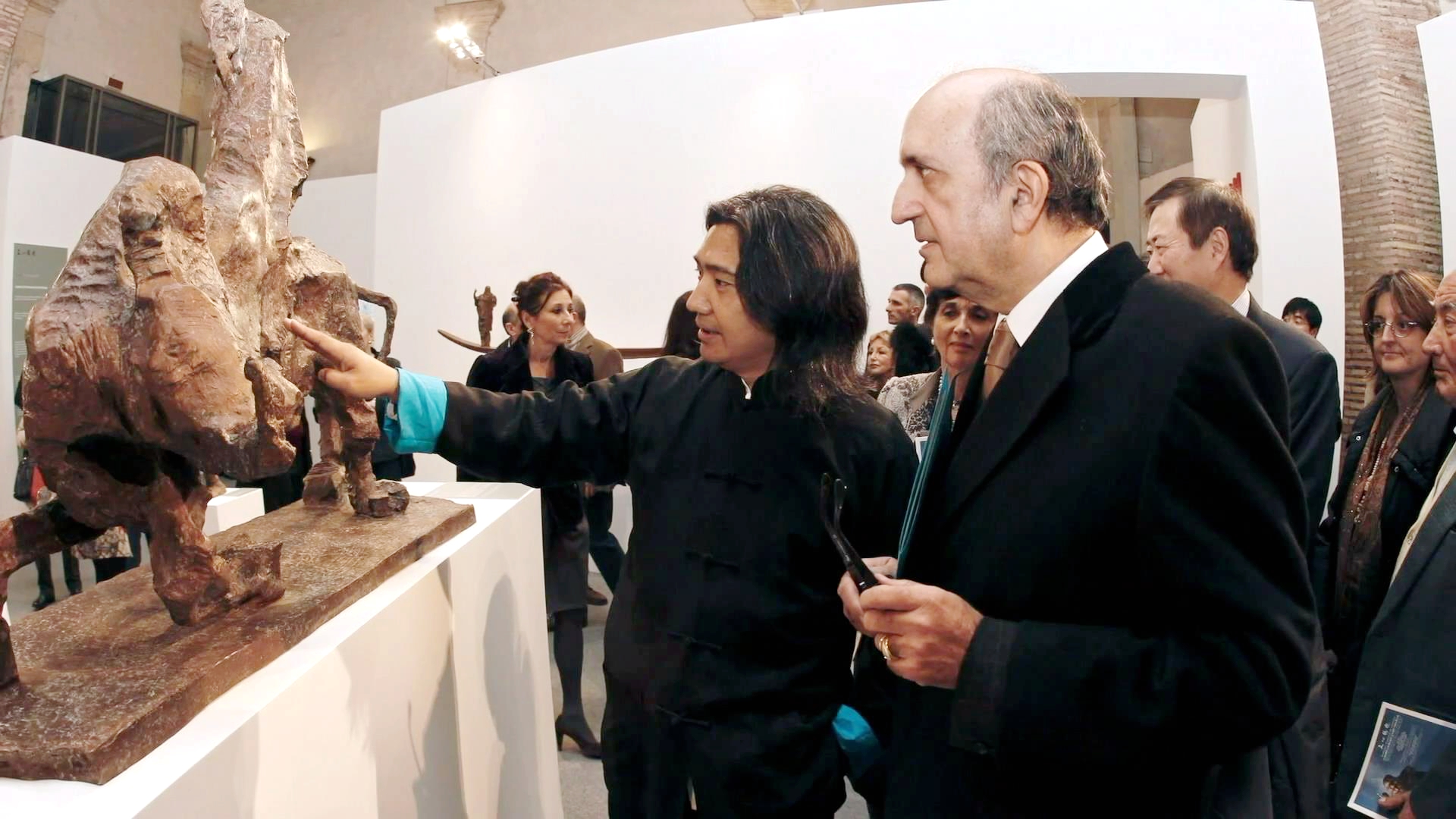
Chinese artist Wu Weishan attends his international touring art exhibition at the Palazzo Venezia in Rome, Italy in 2012. /CGTN
Chinese artist Wu Weishan attends his international touring art exhibition at the Palazzo Venezia in Rome, Italy in 2012. /CGTN
In the work titled "A Dialogue Across Space and Time," Wu Weishan portrayed Renaissance giant Leonardo Da Vinci and Chinese maestro Qi Baishi, each occupying an end of the imagined space, gazing at each other.
In 2020, another set of sculptures by Wu Weishan featuring Leonardo Da Vinci and Qi Baishi, was installed in the Italian city of Vinci. The two bronze statues have linked Western and Chinese cultures and placed the two highly symbolic figures in the same setting.

Sculptures by Wu Weishan of Renaissance giant Leonardo Da Vinci (left) and Chinese maestro Qi Baishi are installed in the Italian city of Vinci in 2020. /CGTN
Sculptures by Wu Weishan of Renaissance giant Leonardo Da Vinci (left) and Chinese maestro Qi Baishi are installed in the Italian city of Vinci in 2020. /CGTN
Going forward, further cooperation in artistic exchange will help boost mutual understanding between China and Italy.